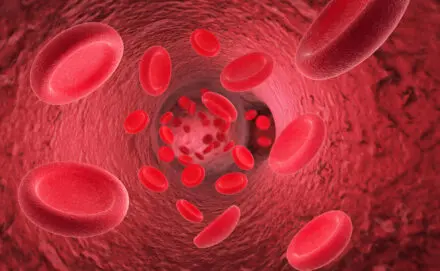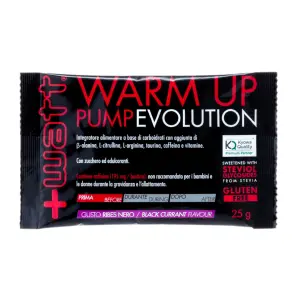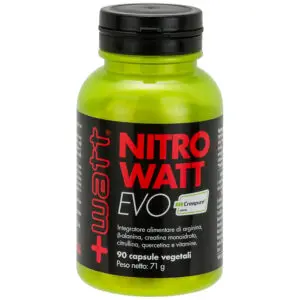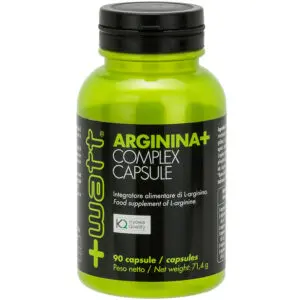Nitric oxide: the key molecule of muscle warming
Skeletal muscle is a highly plastic tissue that can shift from moments of (relative) inactivity to moments in which its energy consumption increases dramatically. This is what happens during physical exercise, in which the muscle is fully engaged with the other organs and can increase its oxygen consumption up to 30 times (Egan & Zierath, Cell Metab, 2013). With such an increase in metabolic consumption, the muscle urgently needs the bloodstream to supply a greater quantity of nutrients, in particular glucose and oxygen, and to dispose of the waste produced during the exercise (eg lactic acid, carbon dioxide, …). This enables us to understand precisely how important it is for the human body to know how to modulate the blood supply to all its various districts, especially to the skeletal muscle.
That’s when nitric oxide comes into play. This is a molecule produced physiologically by the endothelium of the blood vessels at the moment when the muscle is beginning to exercise, which stimulates the dilation of the arteries that supply the muscle itself, increasing blood flow. The synthesis of nitric oxide occurs starting from L-arginine, a conditionally essential amino acid that is taken from a specific enzyme which breaks it down to release nitric oxide and produce another molecule, L-citrulline.
It is therefore important for cells that need to produce nitric oxide to have a sufficient amount of L-arginine available. A particularly effective method to meet this need is not only to supply the body with L-arginine though diet, but also with L-citrulline. The latter cannot be used directly to produce nitric oxide. However, once absorbed from food, it is converted into L-arginine, increasing the availability of L-citrulline. Some vitamins are also important, such as vitamin B3 (niacin) and vitamin B9 (folic acid), which support the action of the involved enzyme.
Risk factors that induce a reduced synthesis of nitric oxide are smoking, diabetes, hypercholesterolemia, hypertension and a sedentary lifestyle, while physical activity stimulates and optimizes its release.
Finally, it should be emphasised that the importance of some nutrients, in addition to physical activity, in the synthesis of nitric oxide is not only of interest to athletes, as this molecule plays a key role in the health of everyone. It is well known that an adequate production of nitric oxide is the basis of a correct cardiovascular health because has protective properties against atherosclerosis (Suhr et al, Int J Mol Sci, 2013). Production of an insufficient quantity is at the base of erectile dysfunction (Cormio et al, Urology, 2011).
A recent study observed that in athletes plasma L-arginine levels increased more by taking a mix of L-arginine and L-citrulline compared to taking single L-arginine or single L-citrulline, showing the synergy between the two amino acids (Suzuki et al, Biosci Biotechnol Biochem, 2017).
To summarize: for an effective muscular warm-up before performing physical activity, ensuring all those processes that produce nitric oxide at the level of the blood vessels that supply the muscle function properly is fundamental. This is possible first of all by including a healthy dosage of physical activity into your daily routine. It is also important to provide an adequate supply of the nutrients that the body uses to produce this key molecule for muscles to function during physical activity, and therefore in athletic performance.
+Watt Advice
Recommended use: we recommend taking about 2 g of arginine before training, especially in combination with L-Citrulline (2 g).





